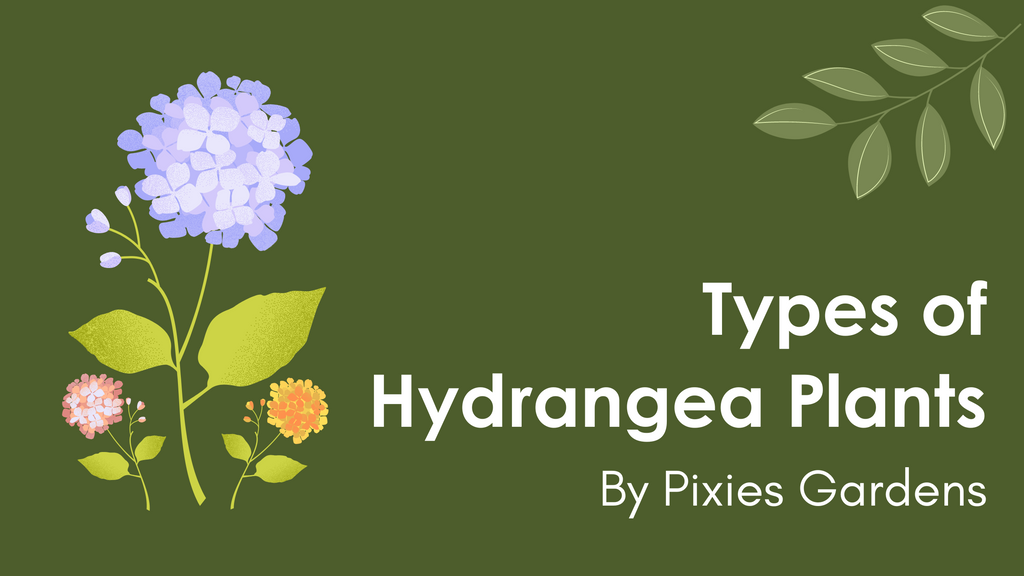
Types of Hydrangea plants and how to take care of them
Introduction
Hydrangeas are beautiful flowering plants known for their large and vibrant blooms. They come in various types and colors, making them a popular choice for gardens and landscapes. In this article, we'll explore some common types of Hydrangea plants and provide care tips to help you keep them healthy and thriving.
1. Bigleaf Hydrangeas (Hydrangea macrophylla)
Bigleaf Hydrangeas are one of the most popular types. They feature large, rounded flower heads and are known for their ability to change colors based on the soil pH. Acidic soil produces blue flowers, while alkaline soil produces pink flowers. These plants prefer partial shade and require regular watering.
2. Panicle Hydrangeas (Hydrangea paniculata)
Panicle Hydrangeas are hardy and versatile plants that can tolerate a wide range of conditions. They have cone-shaped flower clusters that start off white and gradually turn pink or even red as they mature. These plants can handle full sun or partial shade and require well-draining soil.
3. Oakleaf Hydrangeas (Hydrangea quercifolia)
Oakleaf Hydrangeas are known for their unique foliage, which resembles the shape of oak leaves. They produce cone-shaped flower clusters that start off white and age to pink or brown. These plants prefer partial shade and moist, well-draining soil.
4. Smooth Hydrangeas (Hydrangea arborescens)
Smooth Hydrangeas are native to North America and are valued for their large, round flower heads. They typically bloom in white or pale green colors and are known for their reliability and low maintenance. These plants prefer partial shade and require regular watering.
Care Tips for Hydrangea Plants
- Light: Most Hydrangeas prefer partial shade, although some varieties can tolerate full sun. Avoid exposing them to hot afternoon sun, especially in warmer regions.
- Watering: Hydrangeas require regular watering, especially during hot and dry periods. Keep the soil consistently moist, but not waterlogged, to prevent root rot.
- Soil: Hydrangeas prefer well-draining soil that is rich in organic matter. Maintain a slightly acidic soil pH (around 5.5 to 6.5) for blue flowers or a slightly alkaline pH (around 6.0 to 6.5) for pink flowers.
- Pruning: Prune your Hydrangeas in late winter or early spring to remove dead or damaged wood and encourage new growth. Be cautious not to remove buds that will produce blooms.
- Fertilizing: Use a balanced, slow-release fertilizer in spring to promote healthy growth and abundant blooms. Follow the manufacturer's instructions for application rates.
Conclusion
Hydrangeas are versatile and stunning plants that can enhance any garden or landscape. By understanding the different types of Hydrangea plants and following proper care techniques, you can enjoy their beautiful blooms year after year. Remember to tailor your care routine to the specific needs of your chosen Hydrangea variety and create an optimal environment for their growth.

